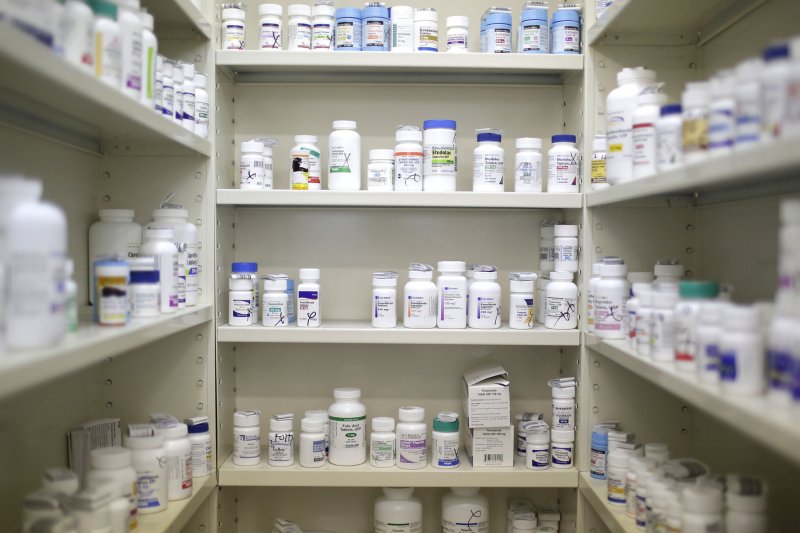
Quad Cities River Bandits players warm up before a Class-A Midwest League baseball game against the Cedar Rapids Kernels in Cedar Rapids, Iowa, Monday, May 13, 2019. Minor league players and Major League Baseball have reached a settlement in a lawsuit alleging teams violated minimum wage laws. The settlement has not yet been filed with the court and details were not released Tuesday, May 10, 2022. (AP Photo/Charlie Neibergall, File)
NEW YORK (AP) — Minor league players and Major League Baseball have reached a settlement in a lawsuit alleging teams violated minimum wage laws.
Terms of the settlement were not filed with the court Tuesday and details were not released. Two people familiar with the negotiations, speaking to The Associated Press on condition of anonymity because the release of details was not authorized, said the sides in recent weeks had been discussing a possible settlement in the $200 million range.
“We are pleased to report that the parties have reached a settlement in principle in this over eight-year-old case, subject to court approval,” lawyers for the players said in a statement. “We look forward to filing preliminary approval papers with the court and cannot comment further until then.”
The two sides asked the court for permission to file by July 11 for approval of the settlement.
The suit was filed in 2014 by first baseman/outfielder Aaron Senne, a 10th-round pick of the Marlins in 2009 who retired in 2013, and two other retired players who had been lower-round selections: Kansas City infielder Michael Liberto and San Francisco pitcher Oliver Odle. They claimed violations of the federal Fair Labor Standards Act and state minimum wage and overtime requirements for a work week they estimated at 50 to 60 hours.
A trial had been scheduled to start June 1 in U.S. District Court in San Francisco. Several classes of players are part a of case involving laws in different states.
A letter filed with the court by lawyers for both sides asked Chief Magistrate Judge Joseph C. Spero to postpone a conference scheduled for Tuesday and the trial.
“The parties are pleased to inform the court that they have reached a settlement of the matter in principle,” the letter said. “The parties have agreed upon a confidential memorandum of understanding. The settlement is subject to ratification by the respective parties, and we are in the process of preparing the settlement documents.”
The letter was signed by Elise M. Bloom of Proskauer Rose on behalf of MLB and by Clifford H. Pearson of Pearson, Simon & Warshaw and Stephen M. Tillery of Korein Tillery on behalf of the players.
Spero wrote in a pretrial ruling in March that minor leaguers are year-round employees who work during training time and found MLB violated Arizona’s state minimum wage law and was liable for triple damages. Spero also ruled MLB did not comply with California wage statement requirements, awarding $1,882,650 in penalties.
He said minor leaguers should be paid for travel time to road game s in the California League and to practice in Arizona and Florida.
“These are not students who have enrolled in a vocational school with the understanding that they would perform services, without compensation, as part of the practical training necessary to complete the training and obtain a license,” Spero wrote.
The case was sent back to the District Court by the 9th U.S. Circuit Court of Appeals in 2019 after lawyers for the players and MLB spent years arguing whether it should receive class-action status.
Spero ruled MLB is a joint employer with teams of minor league players; that those players perform “work” during spring training; that travel time on team buses to away games is compensable under FLSA, Florida and Arizona law and that travel time by California League players to away games is compensable under California law.
In 2017, the players suing were defined as those with minor league contracts who played in the California League for at least seven straight days starting on Feb. 7, 2010 or Feb. 7, 2011, depending on state or federal claims; those who participated in spring training, extended spring training instructional leagues in Arizona starting Feb. 7, 2011; and those who participated in spring training, extended spring training instructional leagues in Florida starting Feb. 7, 2009.
___
More AP MLB: https://apnews.com/hub/MLB and https://twitter.com/AP_Sports








